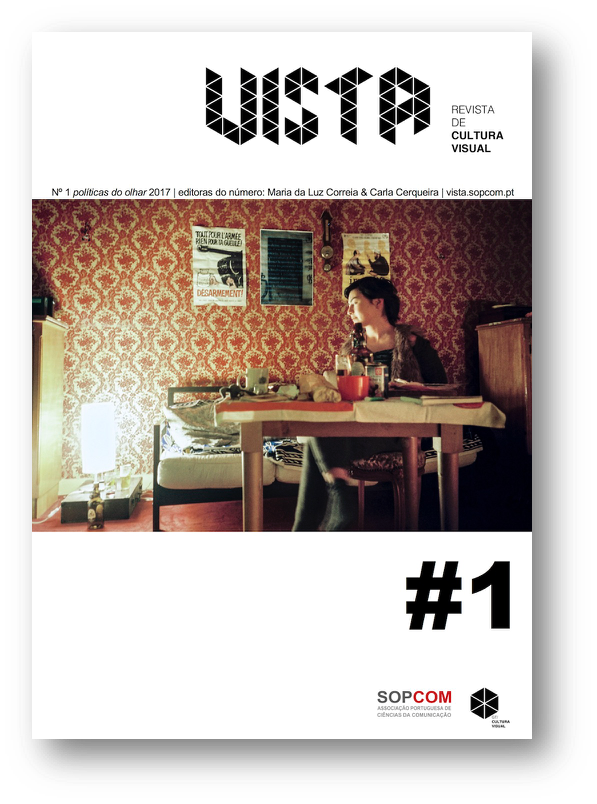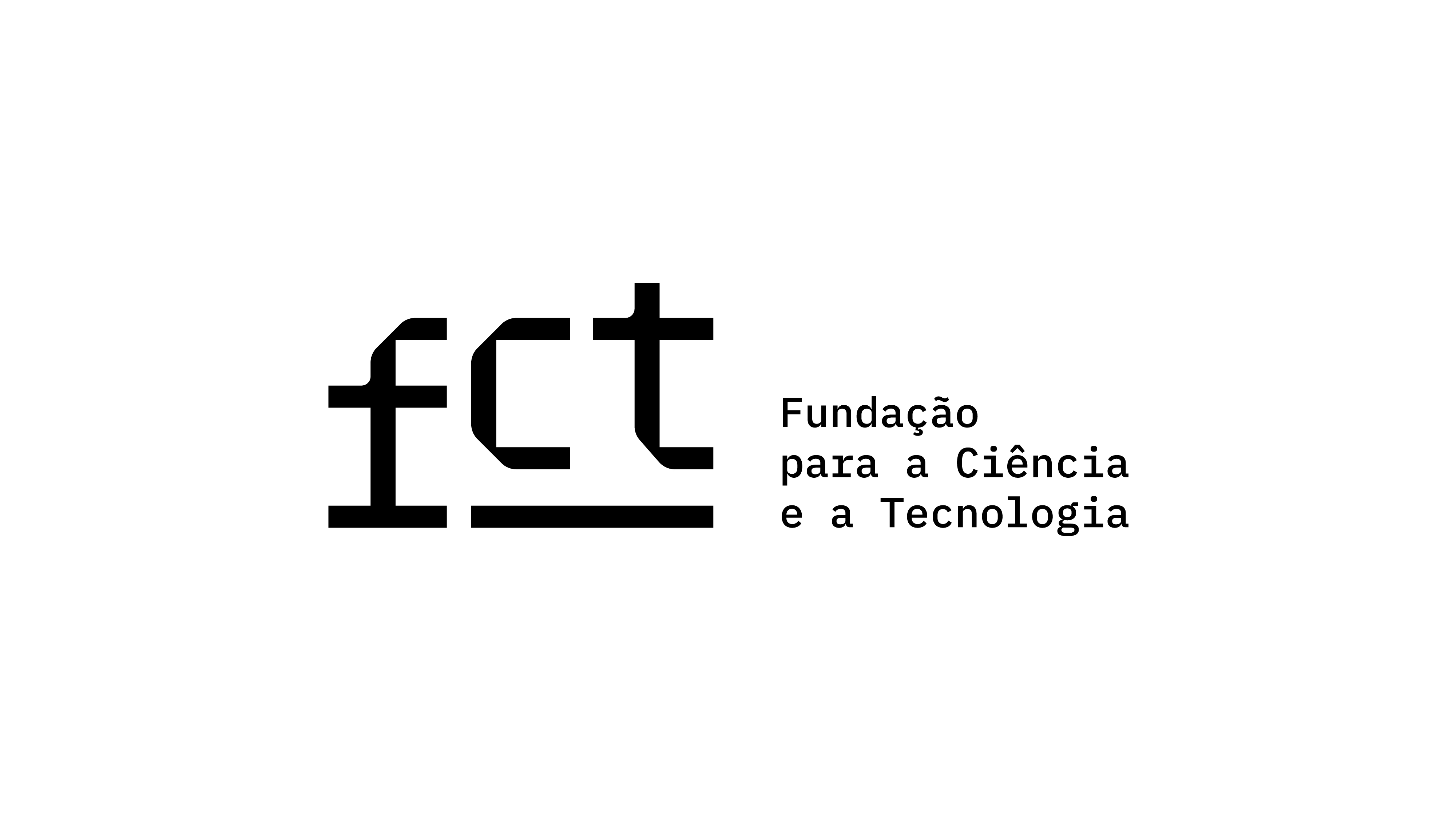Televisualidade e a realidade dos média
DOI:
https://doi.org/10.21814/vista.2971Keywords:
Visual Culture, Globalization, Images, Media, TelevisualityAbstract
The shift to the twenty-first century reinforces the ongoing construction of televisuality as a regime associated to the naturalization of mass media presence in our daily lives. The limits to what we can see, record and share on the public ground of visuality get as blurry as controversial in spite of the permanent incitement of common citizens to actively contribute to the flow of images that feed the global network. This circulation sets a type of extra-screen reality processed by filters and discourses translated in real-time access. Simultaneously, the emergence of ‘reality’ genres within fiction blends all sign codes towards consumption and spectacle that feature the hyperreality in which we live in. Voyeurism and violence rapidly become part of the current patterns of sociability, casted by the immediacy and superficiality of media. These scopic regimes instill in the viewer a dual relationship with the images, which volatilizes their role and authority on the domains of representation and life.
Downloads
References
Baudrillard, J. (1991). Simulacros e Simulação. Lisboa: Relógio d’Água.
Baudrillard, J. (1995). The Gulf War Did Not Take Place. Bloomington & Indianapolis: Indiana University Press.
Baudrillard, J. (1996). TV Fantasies, in Baudrillard, J. (2002). Screened Out (pp.186- 190). Londres, Nova Iorque: Verso.
Baudrillard, J. (2001). Dust Breeding, in Baudrillard, J. (2005). The Conspiracy of Art – Manifestos, Interviews, Essays (pp. 181-187). Nova Iorque, Los Angeles: Semiotext(e).
Baudrillard, J. (2004). War Porn, in Baudrillard, J. (2005). The Conspiracy of Art – Manifestos, Interviews, Essays (pp. 205-209). Nova Iorque, Los Angeles: Semiotext(e).
Caldwell, J. T. (1995). Televisuality: style, crisis and authority in American television. New Brunswick e New Jersey: Rutgers University Press.
Castello Branco, P. (2011). Imagem, Corpo, Tecnologia: A Função Háptica das Novas Imagens Tecnológicas. Lisboa: Fundação Calouste Gulbenkian.
Dancyger, K. (2011). The Technique of Film and Video Editing. History, Theory, and Practice. Massachusetts: Focal Press / Elsevier.
Debord, G. (1991). A Sociedade do Espectáculo. Lisboa: Mobilis in Mobile.
Derrida, J.; Stiegler, B. (2002). Echographies of Television. Filmed Interviews. Cambridge, Oxford, Malden: Polity Press.
Fincher, D. (1995). Se7en. EUA: Cecchi Gori Pictures, Juno Pix, New Line Cinema. [Filme de 127 min].
Flusser, V. (1985). Filosofia da Caixa Preta. Ensaios para uma futura filosofia da fotografia. São Paulo: Editora Hucitec.
Friedberg, A. & Guins, G. (2004). Televisual Space (Editorial). Journal of Visual Culture 2004. Vol 3. No 2,131-132.
Grilo, J. M. (2006). O Cinema da não-ilusão – Histórias para o Cinema Português. Lisboa: Livros Horizonte.
Hanhardt, J. (2000). The Worlds of Nam June Paik. Consultado em http://www.paikstudios.com/.
Jacobs, K. (2001). The Eye's Mind: Literary Modernism and Visual Culture. Ítaca, Londres: Cornell University Press.
Jameson, F. (2003). Postmodernism, or, the Cultural Logic of Late Capitalism. Post- Contemporary Interventions. Durham: Duke University Press.
Jay, M. (1993). Downcast Eyes. The Denigration of Vision in Twentieth-Century French Thought. Berkeley, Los Angeles, Londres: University of California Press.
Jenkins, H. (2008). Convergence Culture. Where Old and New Media Collide. Nova Iorque, Londres: New York University Press.
Lacan, J. (1964). What is a Picture, in Miller, J.A. (Ed.) (1981) The Four Fundamental Concepts of Psycho-Analysis (pp.105-119). Nova Iorque, Londres: W.W. Norton & Company.
Lipovetsky, G., Serroy, J. (2010). O Ecrã Global. Cultura Mediática e Cinema na Era Hipermoderna. Lisboa: Edições 70.
Machado, A. (2000). A Televisão levada a sério. São Paulo: Editora Senac.
Machado, A. (2007). Pré-cinemas & Pós-cinemas. São Paulo: Papirus Editora.
McLuhan, M. (1977). A Galáxia de Gutenberg: a formação do homem tipográfico. São Paulo: Companhia Editora Nacional.
McLuhan, M. (2003). Understanding Media. London, New York: Routledge Classics.
Merrin, W. (2005). The delirious spectacle of the non-event. In Baudrillard and the Media: A Critical Introduction (pp. 63-80). Cambridge, Malden: Polity Press.
Mirzoeff, N. (2006). Invisible Empire: Visual Culture, Embodied Spectacle, and Abu Ghraib. Radical History Review 95, Spring 2006, 21-44. Consultado em http://www.nicholasmirzoeff.com/Images/Mirzoeff_InvisibleEmpire.pdf.
Mitchell, W.J.T. (2005). What do Pictures Want? The Lives and Loves of Images. Chicago, Londres: The University of Chicago Press.
Mondzain, M.J. (2009). A imagem pode matar? Lisboa: Nova Vega.
Mueller, R. (1994). Valie Export: Fragments of the Imagination. Women Artists in Film. Indianapolis: Indiana University Press.
Orwell, G. (2007) Mil Novecentos e Oitenta e Quatro. Lisboa: Antígona.
Plissart, M. F. (1985) Droit de regards. Avec une lecture de Jacques Derrida. Paris: Éditions de Minuit.
Radford, M. (1984). Nineteen Eighty-Four (1984). Reino Unido: Umbrella-Rosenblum Films Production, Virgin. [Filme baseado no romance de George Orwell, 113 min].
Rodrigues, A. (1989). Do dispositivo televisivo. Revista de Comunicação e Linguagens. No 9, 61-65.
Sontag, S. (2003). Olhando o Sofrimento dos Outros. Lisboa: Gótica.
Sontag, S. (2004). Regarding the Torture of Others. New York Times Magazine. May 23, 2004. Consultado em: http://www.nytimes.com/2004/05/23/magazine/regarding- the-torture-of-others.html.
Timoner, O. (2009). We Live in Public. Estados Unidos da América: Interloper Films, Pawn Shop Creatives. [Documentário de 91 min].
Weir, P. (1998). The Truman Show. Estados Unidos da América: Paramount Pictures, Scott Rudin Productions. [filme de 103 min].
Downloads
Published
How to Cite
Issue
Section
License

This work is licensed under a Creative Commons Attribution 4.0 International License.
Authors own the copyright, providing the journal with the right of first publication. The work is licensed under a Creative Commons Attribution 4.0 International License.













